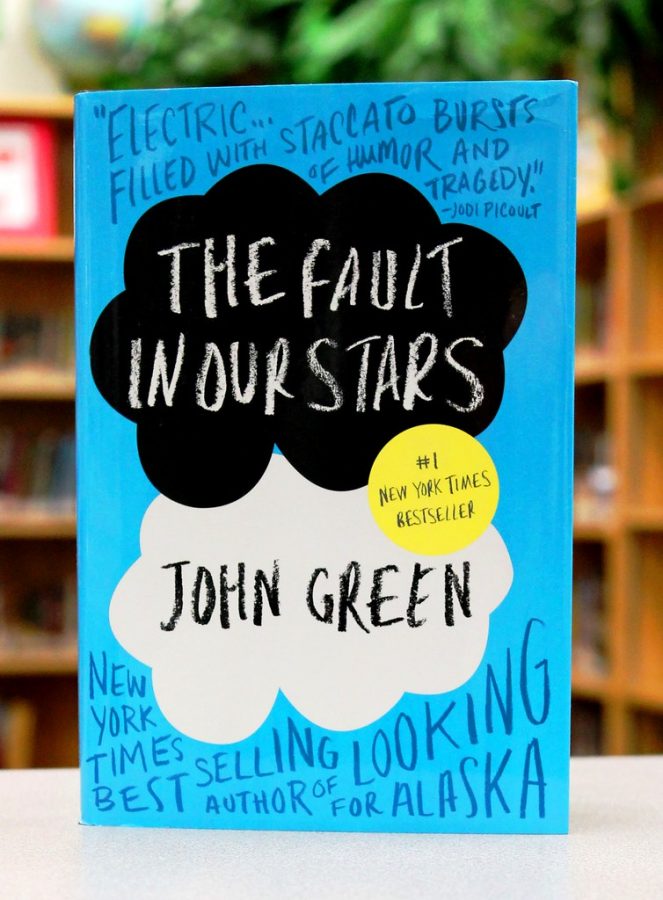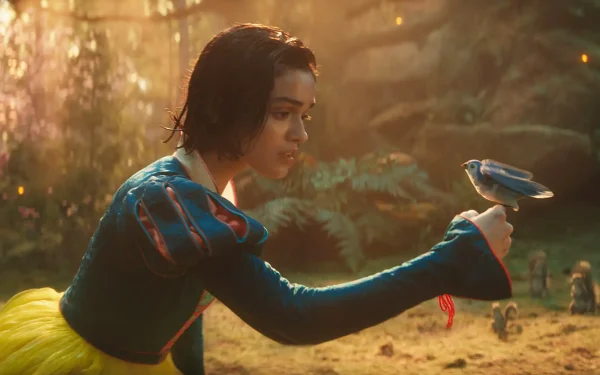Is Representation Overrated?
Young adult music, young adult movies, young adult writing… Various forms of young-adult curated media have been created over the past few decades in order to match the tastes and whims of teenagers in our current society. The one you’re probably most familiar with, and have heard of most often, is Young Adult Literature: the genre of writing that is taking Gen-Z by storm.
Filled with romance, real-world mental health issues, and relatable situations, most Young Adult novels serve as a safe haven for young adults worldwide. Some of the most popular award winning YA novels, such as The Fault in Our Stars, Divergent, City of Bones, and Fangirl, all feature bright-eyed teenagers who experience life-altering journeys that always end with falling in love. Without further thought, it might be hard to recognize that the majority of these novels highlight heterosexual relationships between the two main cis white characters, and leave no room for representation
This issue has not gone unnoticed, as multiple award-winning novels have been released featuring people of color in relationships that were not necessarily heterosexual since 2018. Authors have begun putting in more effort into incorporating inclusiveness within their writing, and students worldwide are showing their support to this new phase of progressiveness.
According to avid reader in Connecticut, Kesley W., “the power of a diverse book can change everything for one kid, and create empathy in 100 more.” These words emphasize a sentiment that is gaining momentum Gen Zers: Diversity in YA novels is necessary, and can make a difference if taken seriously.
Namely, it can help spread more awareness about cultures that are different from our own. It’s always important to learn more about others’ experiences and cultures, and it’s clear that novels containing this type of information are bound to serve as a learning tool for its readers. Additionally, it emphasizes similarities between different characters, and brings light to the point that everyone should be treated equally regardless of their backgrounds. For example, one of the more popular YA novels They Both Die at the End features POCs with varying sexualities being treated the same way as their white and straight counterparts: a message that needs to be broadcasted worldwide.
Just a few years ago, high school students’ curricula lacked diversity immensely, and made students feel as if they were not adequately represented in the text they analyzed. These students’ perspectives were not ignored, and teachers in California began to change their English curricula to become more inclusive and diverse.
Chloe Pounds, an English teacher at Wilcox High School, expresses her opinions on the subject as well as the personal changes she believes should be made, “I think it’s really important that students are reading books that are more relevant and diverse…Most of the books that I read in school were all written by white men. The only book written by a woman in my school curriculum was Frankenstein – an excellent book- but it was from the 1800s.” The current freshman year English curriculum includes classics such as Fahrenheit 451 and Of Mice and Men, but will also feature a graphic novel highlighting essential elements necessary for the learning ability of students – a new change that Wilcox staff haven’t been exposed to. The morphing of the two worlds adds on to Ms. Pounds’ statement, “there’s this fine balance between incorporating texts that students will need in college and beyond, and teaching those same concepts in a way that’s through a [diverse] voice. And I think that there’s always that choice to choose something more inclusive.”
Governor Gavin Newsom has also made further changes to support the new movement. Aside from introducing more diversity in California state curriculum, he has signed a new law “requiring all public schools in the state to offer at least one ethnic studies course, starting in the 2025-2026 school year.” Board of Education President Linda Darling-Hammond described that a “model curriculum should be accurate, free of bias, appropriate for all learners in our diverse state.” She adds that it should focus on historically marginalized groups such as African Americans, Chicanos, Latinos, Asian Americans, and Pacific Islanders.
As for the effectiveness of these new movements, it’s clear that more diversity can make reading more meaningful for minorities. As many of the teachers interviewed and the statements provided have indicated, books and texts with more representation in general is a better thing; not only does it help spread awareness about diversity, it makes analyzing and understanding text a better experience for those who are underrepresented.
Diversity and inclusiveness in school curricula is essential to the learning and growth of students in California, as well as all across the country. This is also a crucial element in Young Adult novels, as it is necessary that teens and young adults are given relatable characters who can help make reading more enjoyable. By continuing to spread awareness about this pertinent topic, more changes can be made in other parts of the world who are still struggling to incorporate the well-being of students into their academic lives; if that weren’t enough, it can also get more students interested in reading for pleasure.






